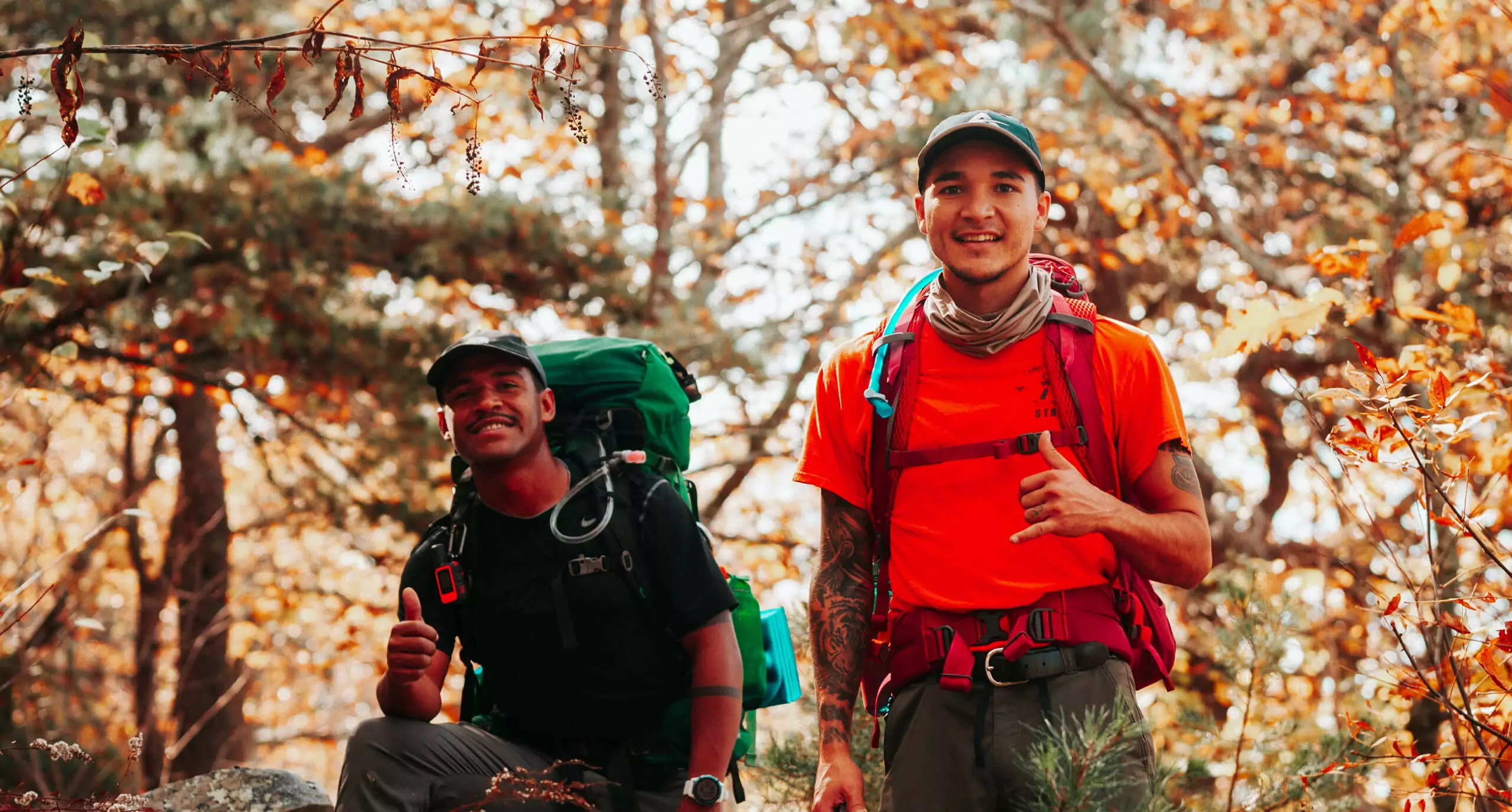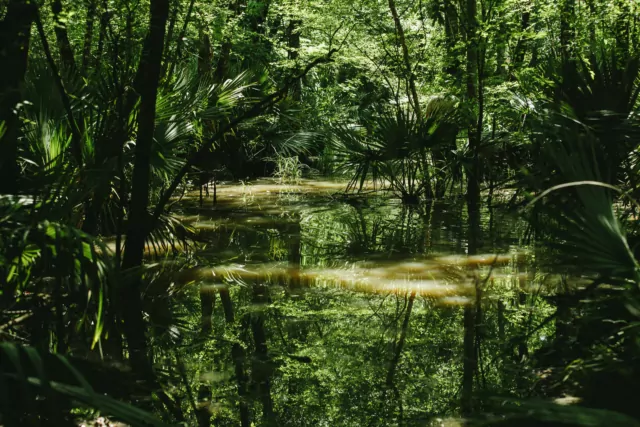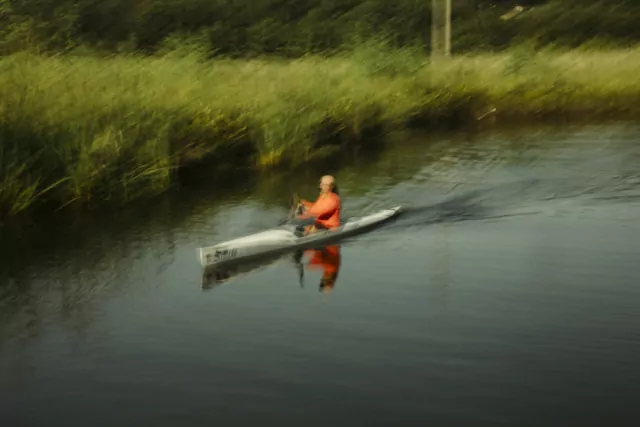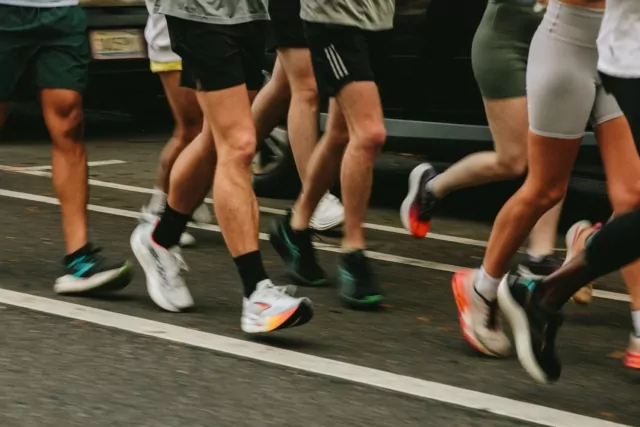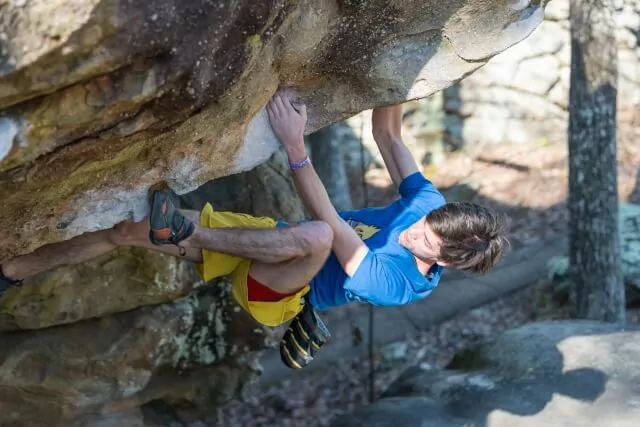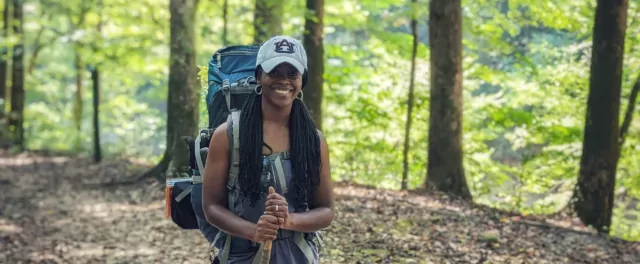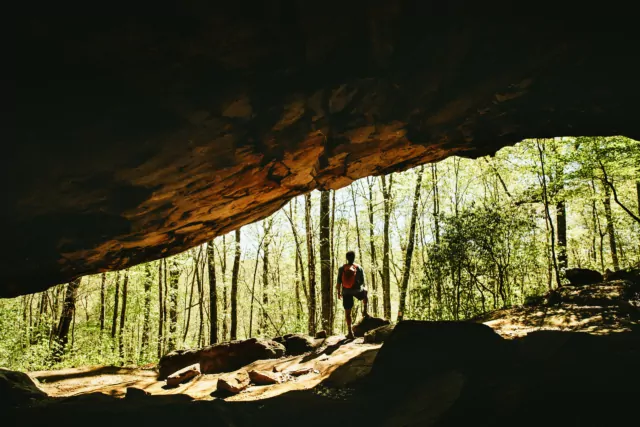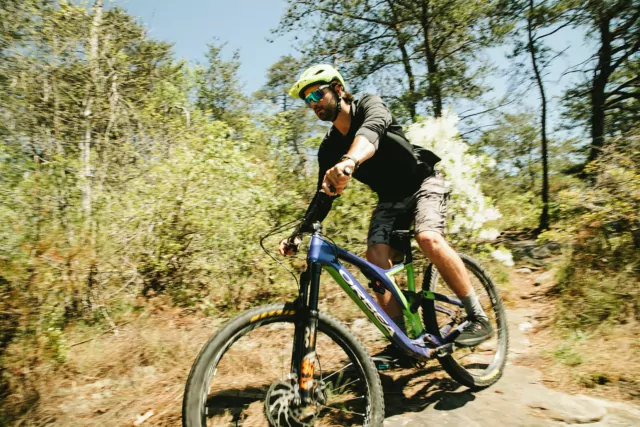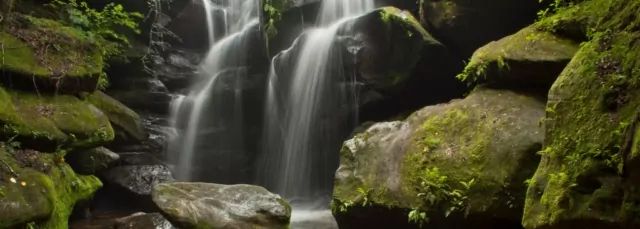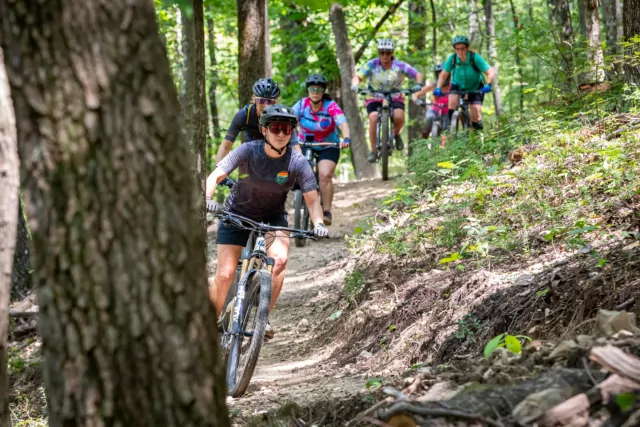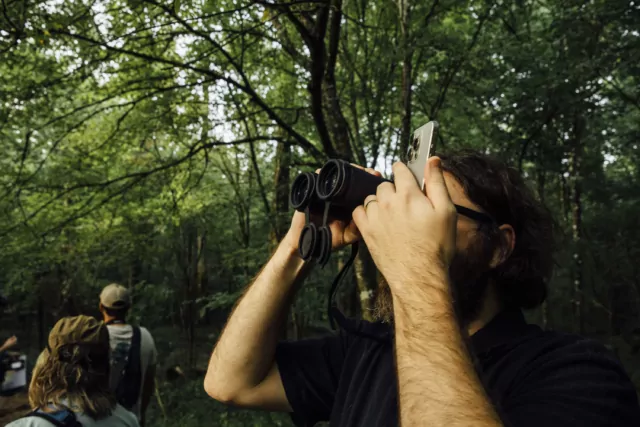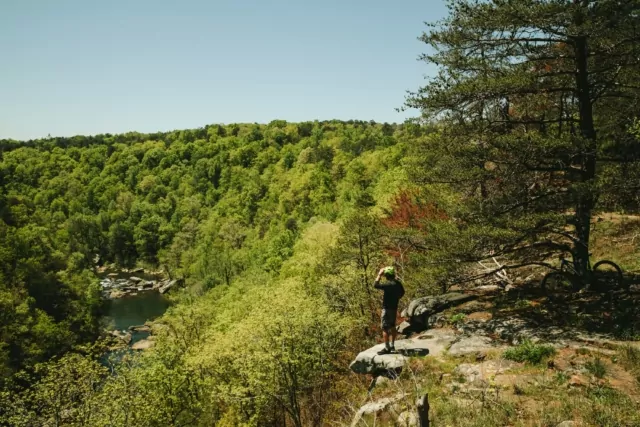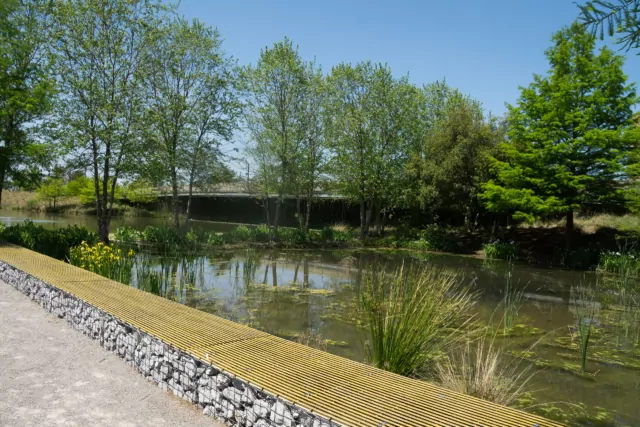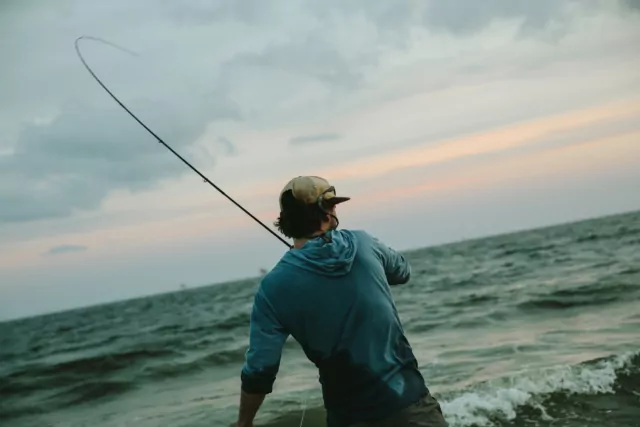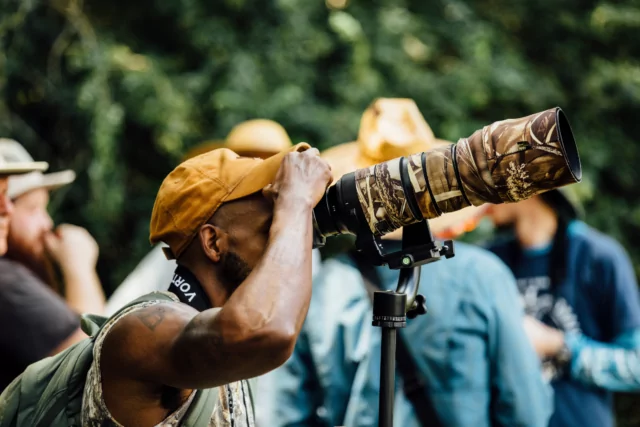People from across the nation come to Alabama to experience its natural beauty. From the breathtaking sights at Lookout Mountain to the state’s highest peak at Cheaha Mountain, the state of Alabama has so many hiking destinations waiting to be explored.
Hiking through the wilderness can initially seem daunting. But it doesn’t have to be. Before trekking out on any great hiking trip, here are a few things you should know—especially if it’s your first time on the trails. People from across the nation come to Alabama to experience its natural beauty. From the breathtaking sights at Lookout Mountain to the state’s highest peak at Cheaha Mountain, the state of Alabama has so many hiking destinations waiting to be explored.
Do your homework
Before any great trip, there must be a plan. There’s a reason why Leave No Trace made “Plan Ahead & Prepare” the first of its seven principles on minimizing human impact on the environment. Planning is by far one of the most crucial steps in any adventure, as it could be your saving grace in an unexpected time of need. Do your homework on the trails you plan to be on, check local weather conditions and forecasts for the hike day and make notes of any landmarks you should pass along the way.
To put it simply, you should know where you intend to go, what you intend to do and how long you intend to be there—especially if you are hitting the trails alone. Share this plan and your location with someone you trust.
Finally, regardless of the length of your trip, always make sure you have plenty of food and water.
Use digital resources to enhance your trip
Online maps like SEEK AL, AllTrails and GaiaGPS are great tools that can help you stay on the right path. With the SEEK AL map, you can find the Alabama trails waiting to be discovered, explore new routes at your favorite parks and fall in love with the next greatest trail.
AllTrails is similar, allowing users to easily discover new routes, read online reviews from hikers or share your location with family and friends.
Finally, GaiaGPS provides high-quality offline maps that can help you navigate the wilderness confidently. Blaze your own path with its route planning interface and use your phone as a reliable GPS. Just make sure you have sufficient battery power.
Bring your essentials
According to the American Hiking Society, there are ten essential items hikers should bring on every excursion, regardless of length. These essentials include:
Proper footwear
Often overlooked, correct footwear is a crucial element when hiking—especially to protect against blisters. REI has a great article on how to find the perfect shoe or boot. Don’t forget about socks as well.
Navigation
Try to always have two forms of navigation on you. While a phone or a GPS are great options, bringing a map—and knowing how to use it—can be a great option as well.
Food and water
Whether a hydration bladder or a portable water filter, bringing enough water is essential to your health. Pack plenty of foods that are dense in calories, carbs and protein to carry with you as well, like nuts, cheeses or granola bars. Just make sure you pack out everything you bring.
Emergency and first aid
Bring along a small first aid kit and know how to use the items inside. You should also equip your first aid kit with an emergency blanket for unexpected moments.
Sun protection
Whether sunglasses, a hat, sunscreen or all of the above, protect yourself from the sun’s harmful rays.
Know your limits
Push yourself to do what you haven’t done before. But don’t push yourself too hard. Doing so might cause you to exhaust your energy, making you unable to sustain the rest of the hike—or worse: injure yourself. When hiking, pacing is key. Find your rhythm and go with it.
If you’re just starting out hiking, choose a hike for beginners. Route planning with digital maps like SEEK AL can help you find the right hike for you. For your first few hikes, look for routes that are no more than five miles total and have a minimal climb.
A good motto for doing anything active is to listen to your body. Pushing yourself is only good until you hurt yourself. So, trust what your body is communicating to you—even if that means hopping off the trail a mile sooner than you intended.
Don’t let gear hold you back
If you’re just starting out hiking, you likely already have everything you need to start. While there are a lot of different gear items that might enhance your adventure, the best piece of gear is what you carry between your ears. If you have comfortable clothing, like athletic or workout pieces and good strong shoes, you can hit the trails today. Just make sure you avoid wearing clothing that doesn’t breathe well—like jeans or heavy cotton.
When you’re ready, utilize gear that will enhance your trip
Some hikers love to bring along gear, like large hydration bladders that connect to their backpack, trekking poles for stability and water treatment devices for filtering water on the trails. While these might not be necessary for every person or hike, having certain items in or on your pack could enhance your experience. Whatever you bring, though, have a plan for every piece of gear and know how to use each item before you set out on your hike.
Be aware of your surroundings
When you’re exploring the backcountry, remember that you’re exploring the home of our state’s precious wildlife. So don’t be surprised if you encounter animals and insects on your trip. Most—if not all—the animals or insects you encounter will simply be minding their business, just like you. Even still, familiarize yourself with the creatures you might come across in the wild. Here is a helpful guide from the USDA on wildlife safety in the South.
But animals and insects aren’t the only things you might encounter on the trails. Travelers should keep an eye out for poison ivy and poison oak as they are frequently spotted on trails across Alabama. These are generally found with leaves of three. If it helps, remember the motto, “Leaves of three? Not for me!”
Seeker Tip: Use the Children’s of Alabama app, Poison Perils of Alabama to help you identify toxic and non-toxic plants, venomous and non-venomous snakes and insects found around the state.
But don’t let a potential encounter discourage you from heading out the door. Just take an extra look around when you’re outside and be sure to watch your step.
Let your Southern friendliness influence your hiking etiquette
Finally, try to maintain proper etiquette and friendliness on the trail. But that should be no surprise in the South. Respect yourself, respect others and respect the wildlife around you. When you’re going out in a group, try and maintain a reasonable volume. Not everyone around wants to hear about your personal life. And when you pass by someone you don’t know on the trail, try to be friendly and say hello. You never know how far a little encouragement might go.
In short, follow the golden rule: Treat other people and wildlife the way you want to be treated.
Hiking in Alabama is exciting, but don’t let it become overwhelming. Ease into the outdoors as you exit your comfort zone. Don’t be afraid to take the trails less traveled. Wherever you are and wherever you go, enjoy yourself in the Alabama outdoors.
